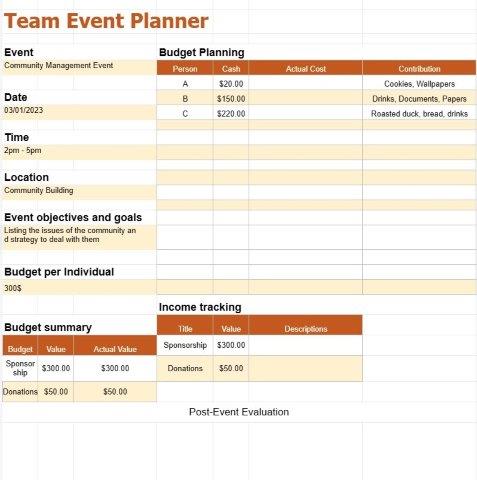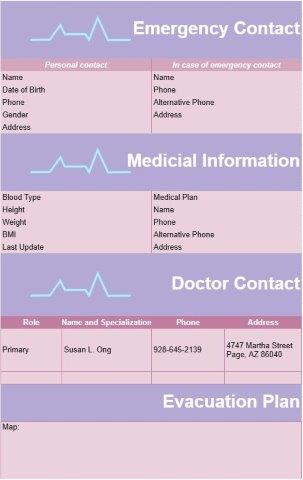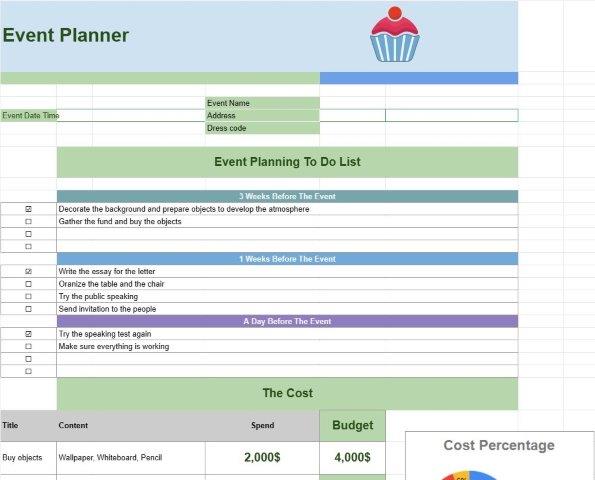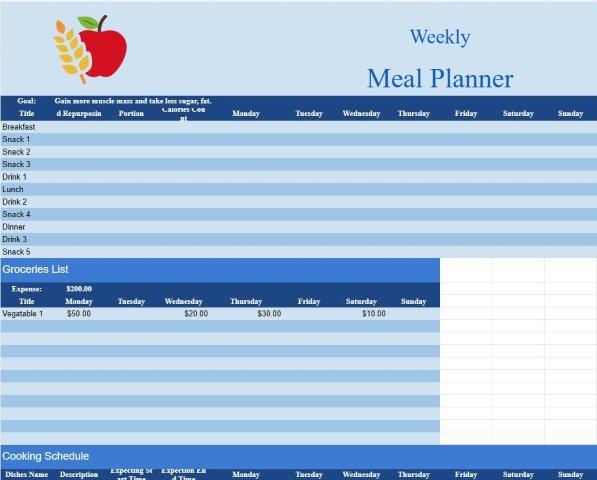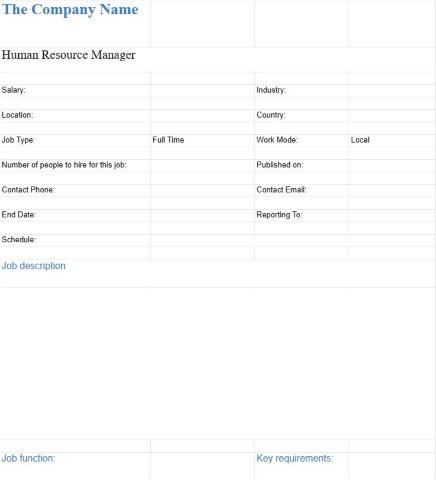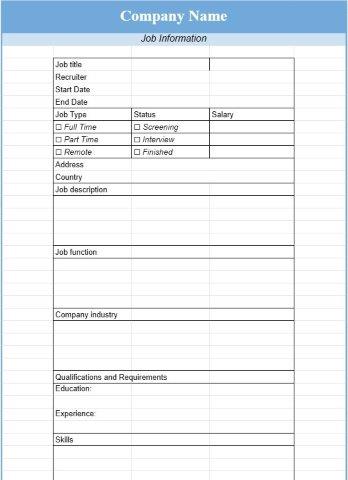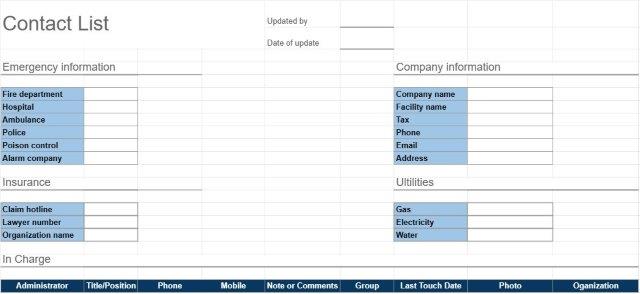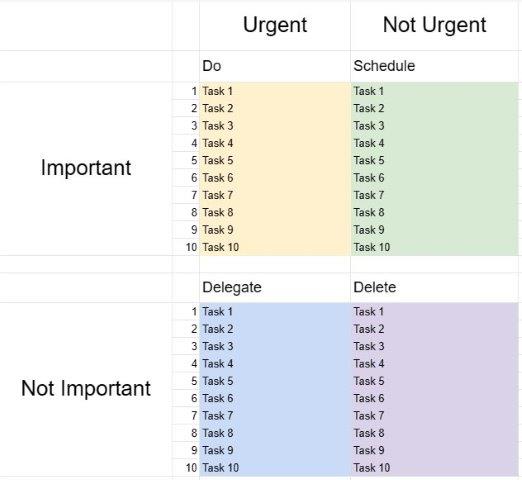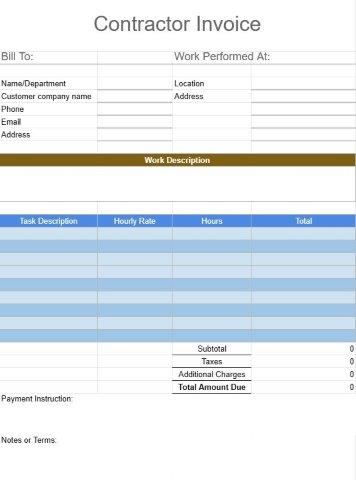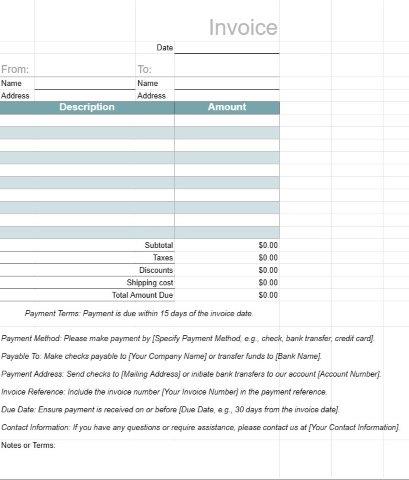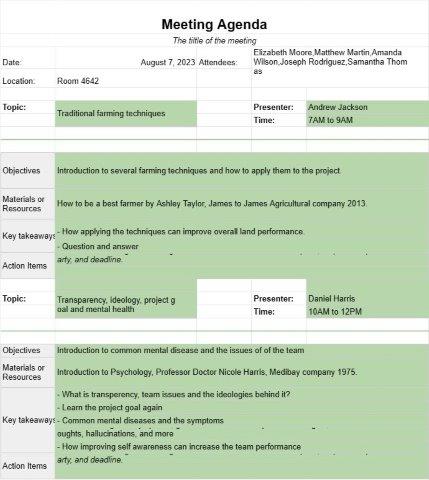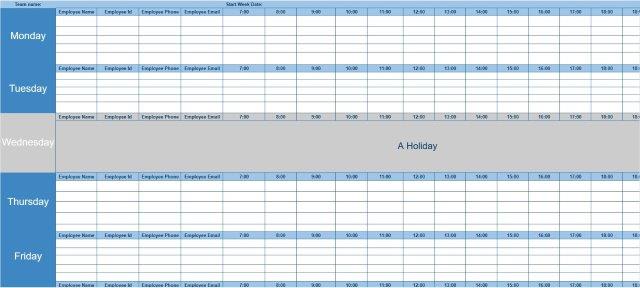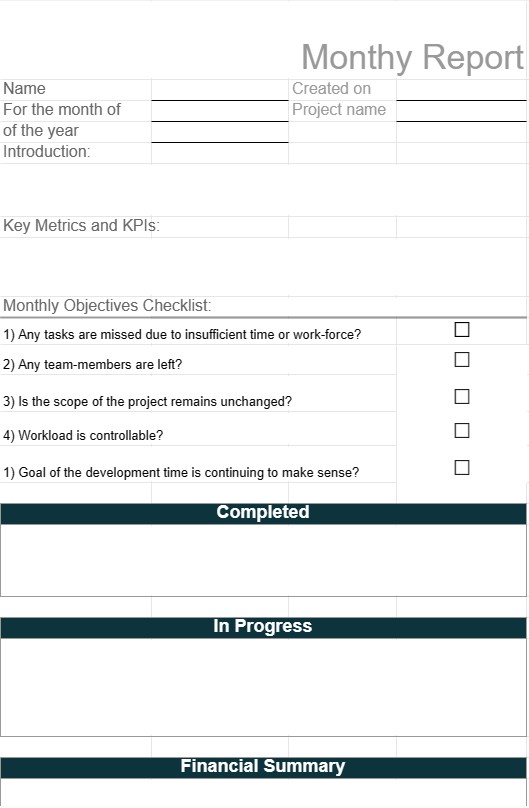


Monthy Report
Category : Planners
Manager assign this template to the team members to make them report the monthly operation to their supervisors.
Today is Tuesday, February 18, 2025 and the limitations of you are:
If you are running out of uses and downloads, please choose a most suitable plan for yourself using a button below.
A Monthly Report Template is a structured document used by individuals, businesses, and organizations to summarize key activities, achievements, and metrics over a specific month. These reports serve various purposes, including performance assessment, project updates, financial summaries, and communication with stakeholders. Monthly reports help keep stakeholders informed and facilitate data-driven decision-making.
Key Components of a Monthly Report Template:
- Cover Page: Some reports begin with a cover page that includes the report title, the month and year covered, the author's name, and contact information.
- Executive Summary: This section provides a brief overview of the report's main findings and highlights. It offers a snapshot of key achievements, challenges, and goals.
- Introduction: A brief introduction may be included to provide context for the report and outline its purpose and objectives.
- Key Metrics and KPIs: Reports often include a section dedicated to key performance indicators (KPIs) and metrics relevant to the report's focus, such as sales figures, revenue, customer satisfaction, or project milestones.
- Progress Updates: Depending on the report's purpose, this section details progress made during the month in areas such as project development, marketing campaigns, or operational improvements.
- Financial Summary: For financial reports, this section provides an overview of financial performance, including income, expenses, profit margins, and any notable financial events.
- Challenges and Issues: Reports may highlight challenges, issues, or obstacles encountered during the month, along with proposed solutions or action plans.
- Opportunities: Identifies potential opportunities for growth, improvement, or optimization based on the month's activities and outcomes.
- Conclusion: A summary of the report's main points and a closing statement may be included in the conclusion section.
- Recommendations: Reports often contain recommendations for actions or strategies to address challenges, capitalize on opportunities, or achieve specific goals.
- Appendices: Additional information, charts, graphs, or detailed data may be included in the appendices to provide supporting documentation or context.
- References: If the report references external sources or research, a reference section may be included.
Benefits of Using a Monthly Report Template:
- Communication: Facilitates clear and structured communication of progress, achievements, and challenges to stakeholders.
- Accountability: Holds individuals or teams accountable for meeting goals and targets by documenting performance.
- Data-Driven Decision-Making: Provides data and insights that support informed decision-making for future actions and strategies.
- Performance Evaluation: Enables performance evaluation and benchmarking over time, helping identify trends and areas for improvement.
- Transparency: Demonstrates transparency in operations, financials, or project status to build trust with stakeholders.
- Documentation: Creates a historical record of activities and milestones, valuable for reference and audits.
- Planning: Helps in the planning and adjustment of future goals and objectives based on past performance.
In conclusion, a Monthly Report Template is a valuable tool for summarizing and communicating important information, performance, and results over a specific month. These reports serve as a means of documenting progress, informing stakeholders, and making data-driven decisions to improve operations, projects, or financial outcomes.
